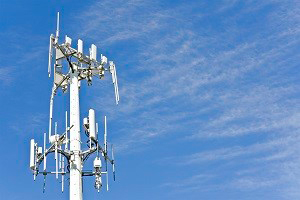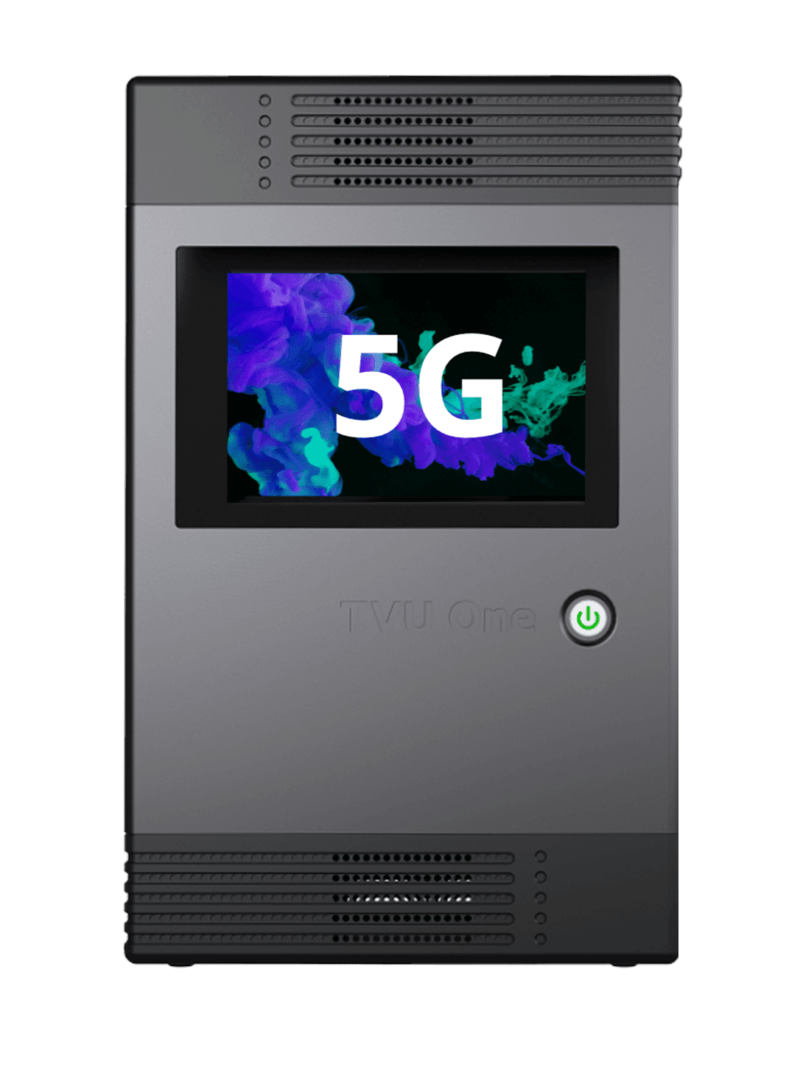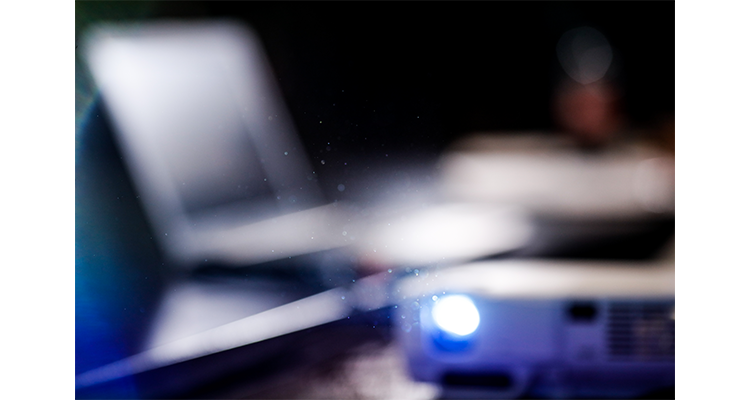InfoComm: Digital Signage Embraces Fast Cellular Networks
By Monica Heck
Special to InfoComm International
 As 3G and 4G LTE cellular technology – and now 5G trials — make headlines around the world in the field of mobile video delivery, the same technology has quietly emerged in the digital signage space. Swiss signage vendor Navori Labs recently disclosed that it’s powering 20,000 networked mobile ad players in taxi cabs in the Middle East and Asia over 3G and 4G cellular modems.
As 3G and 4G LTE cellular technology – and now 5G trials — make headlines around the world in the field of mobile video delivery, the same technology has quietly emerged in the digital signage space. Swiss signage vendor Navori Labs recently disclosed that it’s powering 20,000 networked mobile ad players in taxi cabs in the Middle East and Asia over 3G and 4G cellular modems.
In this particular deployment, Android tablets are equipped with a 4G or 3G cellular modem to support content updates, live data delivery and real-time GPS tracking. Organic bandwidth consumption is limited to 19 MB per month on the 3G connections, based on a 24/7 connection cycle, giving priority to content downloads.
This large-scale mobile signage network, expected to expand to 50,000 players in the region in the next couple of years, is a first in the digital signage space based on its sheer scale and inclusion of LTE. Navori’s and other projects, such as Autobahn Tank & Rast’s early adoption of cellular technology to update content on more than 3,000 digital signage screens in 360 German motorway service areas, indicate that cellular networks have piqued the interest of the digital signage community.
4G LTE in particular, with its high data speeds, is well positioned to support the demands of the Internet of Things (IoT) when it comes to the type of machine to machine (M2M) communication common to digital signage network updates. The key difference between broadcast and digital signage use of fast cellular networks is, of course, that digital signage doesn’t often require live streaming. Many cellular-based signage applications use “store-and-forward” or caching infrastructures for content distribution, whereby the remote signage player downloads updates of a few kilobytes at various times.
In some cases, often to limit data costs, a 4G connection is established to one sign or kiosk charging station, which in turn becomes a Wi-Fi access point for nearby devices.
“This combination of LTE and Wi-Fi could be called Bring Your Own Network, ” explains Andrew Lund of Digi International, which supported digital-out-of-home (DOOH) advertising company Monster Media’s use of Verizon’s cellular network to wirelessly update content on thousands of displays across the U.S. In that case, the cellular network was deemed a more cost-effective and secure solution compared to a wired WAN, landline, Wi-Fi or even satellite technology.
Also in the U.S., Aurora Digital Signage, a Verizon wireless digital signage partner, is at the coalface of operator collaboration when it comes to digital signage data delivery over cellular networks, pairing its signage solution with Verizon’s cellular connectivity solutions. The company deploys cellular digital signage technology in sensitive data spaces such as hospitals, financial institutions or government entities that won’t allow outside units to access their networks. Indeed, the specter of Target’s infamous network breach at the end of 2013 still looms in organizations’ minds.
“We bring in our own network, turning screens into signs using ‘stick PC’ devices and using cellular data to operate a signage network without ever touching any other sensitive information,” says Brent Robinson, CEO of Aurora Digital Signage. “It also eliminates concerns like firewall issues and network settings, while allowing the deployment of digital signage in areas without Wi-Fi. We’re doing a project for a city, with off-the-grid locations where they want to use digital signage for communication without paying for a whole Wi-Fi network. A cellular data point will give them the same functionality.”
Over the last seven years, Robinson says he has witnessed the emergence of ideal conditions for boosting the profile of cellular networks in the digital signage space, making such a solution technologically viable. Those conditions include the advent of 4G, the evolution of smaller form-factor, plug-and-play hardware and the plummeting cost of digital signage technology.
The Data Usage Bill
However, the elephant in the room remains the data usage bill that lands on the customer’s doorstep. Although Robinson believes cellular companies are starting to make pricing more appropriate and enterprise-friendly, Jeff Hastings, CEO of BrightSign, believes the biggest challenge to using LTE technology for digital signage is the business case.
“The issue that has emerged after our many trials is not technical,” Hastings says. “It’s the fact that the cost per month is economically not feasible.”
Hastings says that the M2M world is an “odd place” for carriers such as Verizon. “We’re seeing rates for business customers in the range of $10 to $20 per gigabyte, which is an insane amount of money when you compare it to consumer plans.”
A cursory glance at Verizon’s M2M business plans shows that 1 MB a month costs approximately $9. “The hardware cell modem adds around $100 and a content update, usually about 1 GB, will cost even more,” Hastings says. “So for most customers, the first year cost is about $200 just to connect the device to the Internet. This is considered too costly for most customers.”
Hastings sees no inherent advantage to using a fast cellular network setup, other than the fact that it’s completely wireless and can be placed in off-grid locations, such as transportation hubs and vehicles. Even the security advantage is a red herring, he says, addressed in other solutions through the adoption of PCI-compliant (Payment Card Industry) signage technology. “Economics aside, there would be way more adoption of this type of technology,” he says.
Michele Dupré of Verizon Enterprise Solutions says it’s important to look at the bigger picture and the overall business goals of the customer. “It’s not just the wireless connectivity, you have to look at the entire package,” she says. “If it has its place in a retailer’s strategy, for example, and if it turns out LTE delivery — as opposed to wired or Wi-Fi delivery — is the way forward, the strategy will absorb the costs as the benefits will outweigh the inconveniences.”
Rogers Brewer at AOpen agrees that price is rarely a factor if tangible value is built into the solution. “Because [with cellular] you’re running on a very stable, secure network, it’s very robust,” he says. “Think of the headache related to interlinking any of this digital signage into your infrastructure, as opposed to being plug-and-play.”
That said, although AOpen partnered with Sprint for a 3G solution and with Verizon using the Sierra 4G hotspot module, Brewer hasn’t seen the turnaround he expected. “People want to stay with what sells and until someone does it at the right price point with the right partner, I think that everybody is missing an opportunity,” he says. “I don’t know that it will be the differentiating factor for one company but it’s a nice solution to have in your arsenal.”
In Europe, where 4G has better penetration than other parts of the world and B2B data packages are more attractive, wired digital signage installations are still considered more reliable overall.
“More and more small projects, such as ‘shop-in-shop’ solutions, are using 3G or 4G,” says Florian Rotberg, Managing Director of Invidis Consulting. “The drawback is that voice is always a priority on these networks. We met some challenges close to a school for example, where the signage network connection dropped at 10 a.m. on the dot when kids were phoning on their break, which affected the data transmission rate significantly.” (Integrated Systems Events, which along with InfoComm International produces the Integrated Systems Europe show, recently entered into a joint venture with Invidis Consulting. Invidis will bring its Digital Signage Summit to InfoComm 2016 in Las Vegas this June.)
Rotberg says that as long as 4K content isn’t used, price doesn’t usually kill the cellular network business case in Europe. “Less than 5 percent of digital signage projects are over LTE and it will always stay niche, as cable is more reliable,” he says.
But there are those who believe the niche stands to grow larger. In a future where LTE technology and cost become more attractive, and piggybacking on existing networks becomes more painful and dangerous from a security perspective, LTE is likely to become a stronger presence in the digital signage world. Says Digi International’s Lund, “There are other advantages of LTE that aren’t about speed, but related to latency and building penetration that from a technology standpoint make it attractive,” concluded Lund.
This column was reprinted with permission from InfoComm International and originally appeared here.




